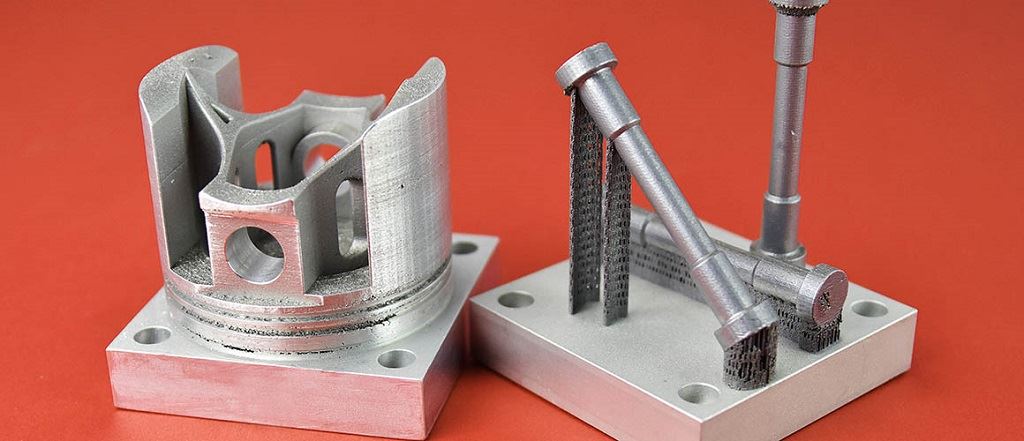![3D printed high-strength aluminum parts. [Image: HRL Laboratories]](https://fabbaloo.com/wp-content/uploads/2020/05/DSC_0157Bbanner_img_5eb09915ee6f1.jpg)
A new registration has been created for aluminum powders used in 3D printing — and the first registration has been granted.
The Aluminum Association hasn’t released a new material registration record in almost two decades. That changed this week with the introduction of the new 3D printing-focused registration.
Called “purple sheets,” the new registration adds to the association’s “rainbow sheets” that offer “alloy designations and chemical composition limits for various types of aluminum.”
As we often see in 3D printing, materials are one of the most significant barriers standing between industry and new technology. New means of making necessarily introduces new materials for doing so — but users need to be sure that these new materials offer familiar, and known, properties.
The move is also significant as it places aluminum ahead in this game: it’s the first materials industry, says the association’s announcement, to develop an additive manufacturing-specific system. With aluminum seeing regular use in aerospace, automotive, energy, and other industries with exacting parameters, the extra measure of specifications is sure to be a regulatory relief.
If there’s a body to start specifying such materials, the Aluminum Association seems to have the right credentials:
“Since 1954, the Aluminum Association has served as the standard-setting body for the U.S. aluminum industry through its Technical Committee on Product Standards (TCPS). The association’s designation system was officially recognized by the American National Standards Institute (ANSI) in 1970. Today, the association has registered well more than 500 aluminum alloys, up from 75 when the program began more than 60 years ago, underscoring continued innovation in the industry.”
The purple sheets are set for publication “later this year.” And the industries — aluminum and 3D printing — are very ready for them.
“The purple sheets are a true game-changer for the aluminum industry,” said Jerome Fourmann, global technical director at Rio Tinto Aluminum and chairman of the association’s Technical Committee on Product Standards. “For the first time ever, a materials industry has developed a designation system specific to additive manufacturing, opening tremendous growth potential through standardization.”
The first registration has already been granted, with more surely to follow.
That inaugural registration, heralded by registration number 7A77.50 for the 3D printable aluminum powder and 7A77.60L for the printed alloy, has been granted to HRL Laboratories.
In September 2017, HRL Laboratories introduced its high-strength aluminum, designed to overcome existing issues in 3D printing strong, tricky materials. This aluminum is drawing more attention now with the first Aluminum Association registration — and indeed being the cause for the launch of the purple sheet offerings.
“Essentially, this will connect us to this particular alloy composition forever,” said Hunter Martin, the lead scientist on the HRL team that created the alloy. “These alloy numbers will always be trackable back to HRL, like a DNA signature. When I first contacted the Aluminum Association about registering our alloy, they did not have a way to register alloys printed from powders, so they decided to create a new system for registration of additively manufactured materials – a first in the materials space.”
The alloy hasn’t yet been commercialized, but is heading that way; HRL’s Zak Eckel notes that it “is already in high demand.” The registration will support further demand, as it shows a known and trusted entity in aluminum has offered validation.
Standards are needed across the board as 3D printing continues to ramp up in terms of both technology and industry. With more production applications in sight, trust in these young technologies and novel materials is critical.
Hopefully more material registrations will follow soon in these footsteps.
Via The Aluminum Association and HRL Laboratories

